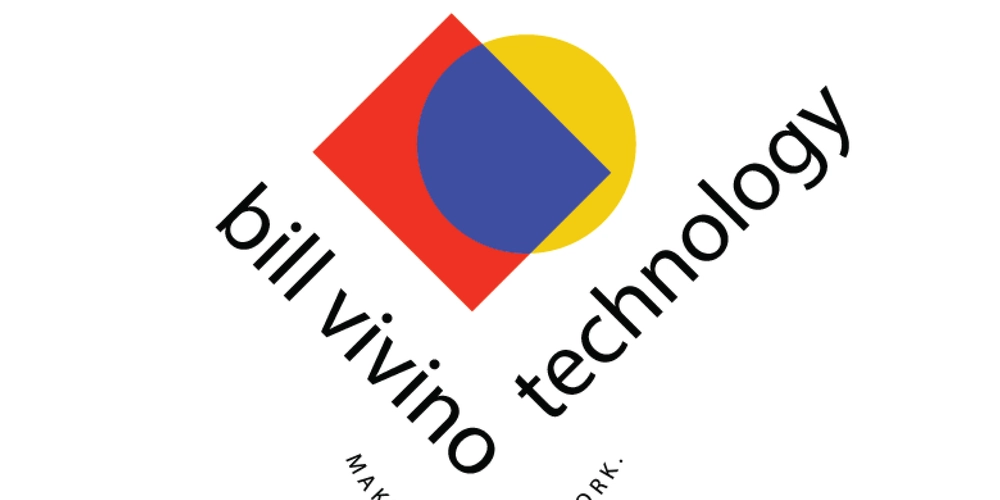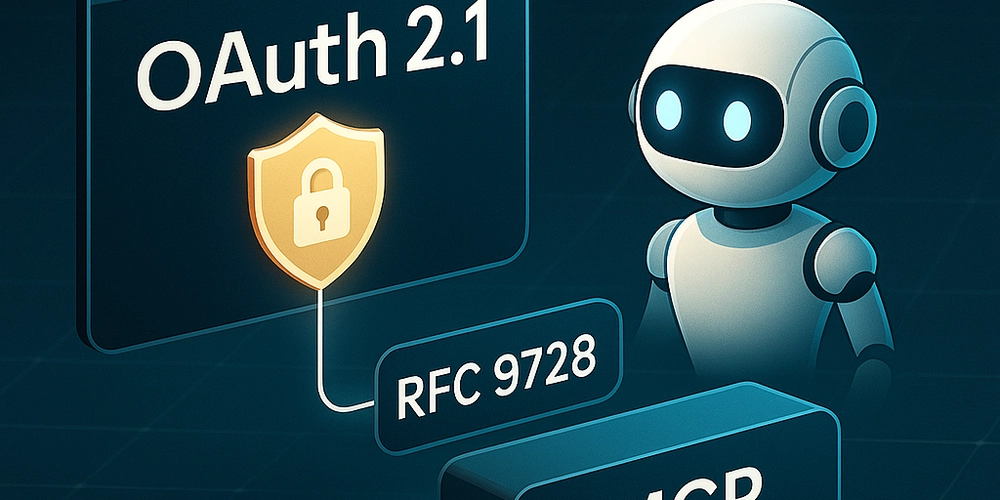Despelote review: A poignant memoir masquerading as a soccer game
Despelote is a living memory. Julián Cordero, the game's co-creator, invites players to spend a few hours in the city of Quito, Ecuador, in the early 2000s, and experience a nationwide soccer fever from the perspective of his own childhood. Wrapped in layers of static and shadow, Despelote follows an 8-year-old Cordero as he interacts with his family, attends school and kicks a ball around with friends. Pivotal national events, revealed in news reports and overheard conversations, color the game's runtime. But its focus remains squarely on Cordero's experience — a charmingly self-centered child viewing the world from hip height. In Despelote, it’s the summer of 2001 and Ecuador is on the verge of qualifying for its first-ever World Cup, which has created a soccer frenzy across the country. Soccer is a storytelling mechanic in Despelote, as Cordero runs around Quito kicking a ball, playing a FIFA-style video game, watching World Cup matches on TV and generally annoying his neighbors. Using actual recordings from Quito, Despelote captures intimate conversations, inside jokes and everyday chatter among Cordero’s friends and family members (in Spanish, obviously, with translations provided in speech bubbles). The game’s environments are built out of photographs of Quito that have been stylized to mimic the way memories feel — single-color, fuzzy backgrounds with people and important objects outlined in crisp black and white. Actual footage of the Ecuador team making its World Cup run plays out on in-game TVs, and you’re able to sit and watch an entire match on a small, staticky screen, if you wish. These true-to-life elements ground the game in reality, while visual flourishes make everything seem like a daydream, and the combination of styles is hypnotic. Transitions come in the form of nearly imperceptible camera zooms and slowly blurring environments, and at every turn, there’s space to luxuriate in the simple activity of being a kid. The game’s mechanics are intuitive — flick the right stick to kick the ball; hold any trigger to run; press any button to interact; look down to check your watch so you can get home on time — and this simplicity helps Quito come alive. Poignant moments of magical surrealism cut through the flow like memories inside of memories, providing glimpses into Cordero’s future as a teenager and Ecuador’s evolution as a country. These scenes appear just enough to provide a sense of tension and context without breaking the immersion of the childhood memories. Panic There isn’t much in terms of a moment-to-moment storyline here, but Despelote effortlessly builds a sense of place and self with each new vignette. It’s night and Cordero is sitting in the back of the family van, idly listening to his parents’ conversation and drawing shapes in the window fog. His mom stands in front of the television and tries to pull his attention away from the video game he’s playing, exasperated. His younger sister asks him to draw a frog. A grumpy neighbor steals the ball that Cordero and his friends are playing with, so they start kicking around an empty bottle instead. These are the building blocks of Cordero’s childhood, and while they’re deeply specific, they’re also highly relatable. Despelote is a study in the beauty of mundanity. I haven’t played many games like Despelote. I’m tempted to say I’ve never played anything like it, that this is the first true memoir in video game form, but of course that’s not entirely accurate. Games like That Dragon, Cancer and Dys4ia offer similar glimpses into their creators’ lives, and they’re similarly vulnerable and grounded. They’re also examinations of moments of acute pain — and while stories about trauma compose a substantial and valuable portion of the memoir market, there’s room for Despelote's slower, lighter reflection in this genre. Despelote is a stellar addition in the category of memoir video games, proving that a thoughtful rumination on one person’s childhood can translate into a powerful interactive experience. The key, as always, is authenticity. Panic Cordero breaks the fourth wall at the end of Despelote in a way that feels completely natural. The style of the game changes in an instant and Cordero narrates the scene, talking about how he and co-creator Sebastián Valbuena traveled to Quito to collect Despelote’s audio and location data. He discusses the fickle nature of memory and clarifies some of the game’s timelines. He says he really just wanted to get it right. He wanted players to understand the magic of this moment in Ecuador’s history, when soccer was everything, and he was just a kid. I believe he succeeded. Despelote is available now on Steam, PlayStation 4, PS5 and Xbox Series X/S, published by Panic. This article originally appeared on Engadget at https://www.engadget.com/gaming/despelote-review-a-poignant-memoir-masquerading-as-a-soccer-game-124526276.html?src=rss

Despelote is a living memory. Julián Cordero, the game's co-creator, invites players to spend a few hours in the city of Quito, Ecuador, in the early 2000s, and experience a nationwide soccer fever from the perspective of his own childhood. Wrapped in layers of static and shadow, Despelote follows an 8-year-old Cordero as he interacts with his family, attends school and kicks a ball around with friends. Pivotal national events, revealed in news reports and overheard conversations, color the game's runtime. But its focus remains squarely on Cordero's experience — a charmingly self-centered child viewing the world from hip height.
In Despelote, it’s the summer of 2001 and Ecuador is on the verge of qualifying for its first-ever World Cup, which has created a soccer frenzy across the country. Soccer is a storytelling mechanic in Despelote, as Cordero runs around Quito kicking a ball, playing a FIFA-style video game, watching World Cup matches on TV and generally annoying his neighbors.
Using actual recordings from Quito, Despelote captures intimate conversations, inside jokes and everyday chatter among Cordero’s friends and family members (in Spanish, obviously, with translations provided in speech bubbles). The game’s environments are built out of photographs of Quito that have been stylized to mimic the way memories feel — single-color, fuzzy backgrounds with people and important objects outlined in crisp black and white. Actual footage of the Ecuador team making its World Cup run plays out on in-game TVs, and you’re able to sit and watch an entire match on a small, staticky screen, if you wish. These true-to-life elements ground the game in reality, while visual flourishes make everything seem like a daydream, and the combination of styles is hypnotic.
Transitions come in the form of nearly imperceptible camera zooms and slowly blurring environments, and at every turn, there’s space to luxuriate in the simple activity of being a kid. The game’s mechanics are intuitive — flick the right stick to kick the ball; hold any trigger to run; press any button to interact; look down to check your watch so you can get home on time — and this simplicity helps Quito come alive. Poignant moments of magical surrealism cut through the flow like memories inside of memories, providing glimpses into Cordero’s future as a teenager and Ecuador’s evolution as a country. These scenes appear just enough to provide a sense of tension and context without breaking the immersion of the childhood memories.
There isn’t much in terms of a moment-to-moment storyline here, but Despelote effortlessly builds a sense of place and self with each new vignette. It’s night and Cordero is sitting in the back of the family van, idly listening to his parents’ conversation and drawing shapes in the window fog. His mom stands in front of the television and tries to pull his attention away from the video game he’s playing, exasperated. His younger sister asks him to draw a frog. A grumpy neighbor steals the ball that Cordero and his friends are playing with, so they start kicking around an empty bottle instead. These are the building blocks of Cordero’s childhood, and while they’re deeply specific, they’re also highly relatable. Despelote is a study in the beauty of mundanity.
I haven’t played many games like Despelote. I’m tempted to say I’ve never played anything like it, that this is the first true memoir in video game form, but of course that’s not entirely accurate. Games like That Dragon, Cancer and Dys4ia offer similar glimpses into their creators’ lives, and they’re similarly vulnerable and grounded. They’re also examinations of moments of acute pain — and while stories about trauma compose a substantial and valuable portion of the memoir market, there’s room for Despelote's slower, lighter reflection in this genre. Despelote is a stellar addition in the category of memoir video games, proving that a thoughtful rumination on one person’s childhood can translate into a powerful interactive experience. The key, as always, is authenticity.
Cordero breaks the fourth wall at the end of Despelote in a way that feels completely natural. The style of the game changes in an instant and Cordero narrates the scene, talking about how he and co-creator Sebastián Valbuena traveled to Quito to collect Despelote’s audio and location data. He discusses the fickle nature of memory and clarifies some of the game’s timelines. He says he really just wanted to get it right. He wanted players to understand the magic of this moment in Ecuador’s history, when soccer was everything, and he was just a kid.
I believe he succeeded.
Despelote is available now on Steam, PlayStation 4, PS5 and Xbox Series X/S, published by Panic.
This article originally appeared on Engadget at https://www.engadget.com/gaming/despelote-review-a-poignant-memoir-masquerading-as-a-soccer-game-124526276.html?src=rss







































































































































































![[The AI Show Episode 145]: OpenAI Releases o3 and o4-mini, AI Is Causing “Quiet Layoffs,” Executive Order on Youth AI Education & GPT-4o’s Controversial Update](https://www.marketingaiinstitute.com/hubfs/ep%20145%20cover.png)

































































































































![From Art School Drop-out to Microsoft Engineer with Shashi Lo [Podcast #170]](https://cdn.hashnode.com/res/hashnode/image/upload/v1746203291209/439bf16b-c820-4fe8-b69e-94d80533b2df.png?#)








































































































(1).jpg?#)






























_Inge_Johnsson-Alamy.jpg?width=1280&auto=webp&quality=80&disable=upscale#)













































































































![Apple Developing AI 'Vibe-Coding' Assistant for Xcode With Anthropic [Report]](https://www.iclarified.com/images/news/97200/97200/97200-640.jpg)
![Apple's New Ads Spotlight Apple Watch for Kids [Video]](https://www.iclarified.com/images/news/97197/97197/97197-640.jpg)








































































![[Weekly funding roundup April 26-May 2] VC inflow continues to remain downcast](https://images.yourstory.com/cs/2/220356402d6d11e9aa979329348d4c3e/WeeklyFundingRoundupNewLogo1-1739546168054.jpg)



























